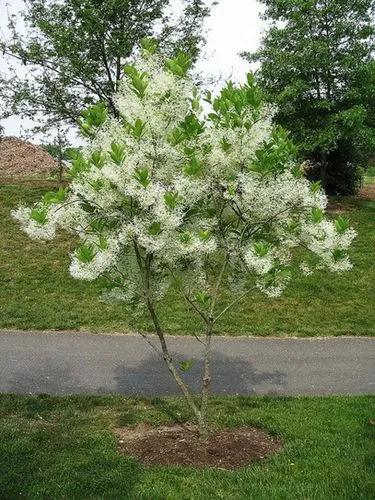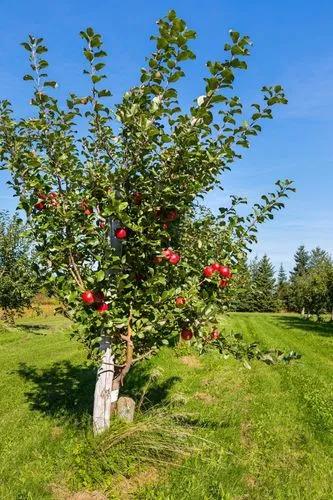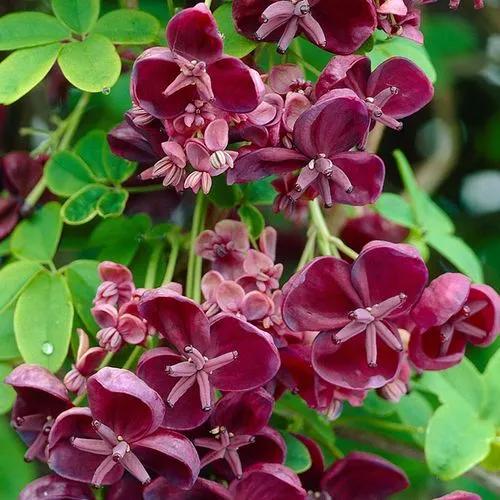Carissa macrocarpa is a shrub native to South Africa. It is commonly known as the Natal plum and, in South Africa, the large num-num. It can be found on sand dunes and on the edges of coastal forests and widely used as an ornamental.
Natal plum Care
Carissa macrocarpa
Other names: The Large Num-num, Carissa Grandiflora



Natal Plum is a member of the Dogbane family (Apocynaceae), which includes oleander and periwinkle. It is not related to true Plums, which are members of the Rose family. It is grown as an ornamental plant, barrier hedge, and for edible fruit. The fruit can be used raw in salads or cooked into jams and pies. Prostrate varieties are useful as erosion control on mild slopes. A former scientific name is Carissa grandiflora. The most common cultivars sold in nurseries are low shrubs and groundcover plants, both with small thorns.
How to Care for the Plant

Water

Water every day or two to establish an extensive root system. Do not overwater. After establishing, water monthly to weekly depending on size of fruit crop and temperature. Monthly in winter. The soil must dry out between waterings. This plant is subject to root rot in wet soil.

Fertilizer

In soil with a low organic content, apply an organic fertilizer mid to late winter before new growth begins.

Sunlight

The plant needs a spot in full sun to part shade.

Soil

The best option for the plant is a well-drained soil, tolerant otherwise. This plant does better in pH 6.1-7.5 (slightly acidic to neutral) soil, and is tolerant of salinity. Apply 1-2" organic material to shade roots from summer heat and winter freezes.

Temperature

Young plants need protection below 30°F. Established plants survive 25°F. If its roots are well mulched, and this plant dies to the ground in a freeze, it will come back from its roots mid spring.

Popularity

1,606 people already have this plant 262 people have added this plant to their wishlists
Discover more plants with the list below
Related articles






